Nata duke (also spelled natazuke) is a traditional Japanese pickle that comes from Akita Prefecture in northern Japan. People in the region have enjoyed this dish for generations. They make it by pickling thick slices of daikon radish in a sweet, fermented rice drink called amazake. Its crunchy bite and gentle sweetness make it stand out among other pickled foods in Japan.
What Makes Nata Duke Special?
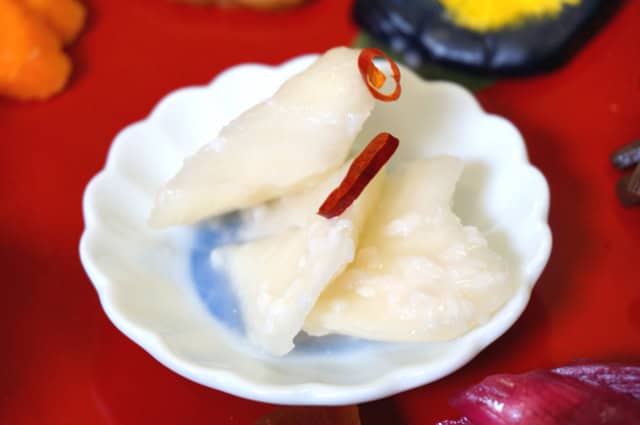
To prepare nata duke, makers first chop the daikon radish with a special tool called a nata. A nata is a thick-bladed knife or hatchet, originally used for cutting wood. By using it on the radish, people create rough, uneven pieces that allow the pickling liquid to soak in deeply. This method gives the pickle its strong flavor and crunchy texture.
After chopping the radish, they soak it in amazake. Amazake is a sweet, non-alcoholic drink made by fermenting rice. The fermenting process uses koji, a kind of mold that helps bring out the natural sweetness in rice. When the daikon sits in this liquid for a long time, it absorbs the sweet, rich flavors and develops its signature taste.
People in Akita often eat nata duke with their daily meals. They might pack it in lunch boxes, serve it as a side dish, or even enjoy it with tea. Its balance of crunch and sweetness makes it a favorite among locals.
The History Behind Nata Duke
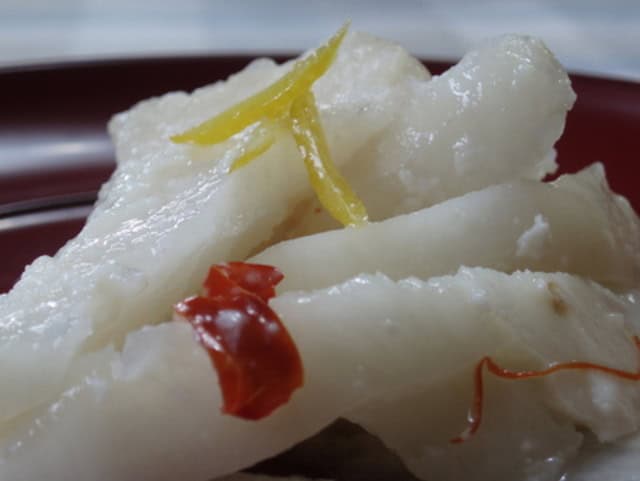
The tradition of making nata duke goes back many years. People in Akita developed this method as a way to preserve food during the long, snowy winters. They used ingredients they had on hand, like daikon radish and amazake, and relied on fermentation to keep their food from spoiling. Even though written records of its exact origins are hard to find, the dish has clearly been part of the local diet for a long time.
Makers have passed down the recipe and method through generations. By sticking to natural ingredients and simple techniques, they’ve kept the tradition alive. Today, you can still find families and small shops in Akita preparing nataduke the old-fashioned way.
FAQs about Nata Duke
- Why does it taste sweet?
The sweetness comes from amazake, which has sugar-like compounds formed during the fermentation process. The koji mold breaks down the rice starches into sugars, and the daikon soaks up those flavors.
- Can I find nata duke outside Japan?
It’s rare to see nata duke outside Akita or even Japan, but some specialty Japanese grocery stores might carry it. If you’re feeling adventurous, you can also try making it at home using daikon, amazake, and koji.
Final Thoughts
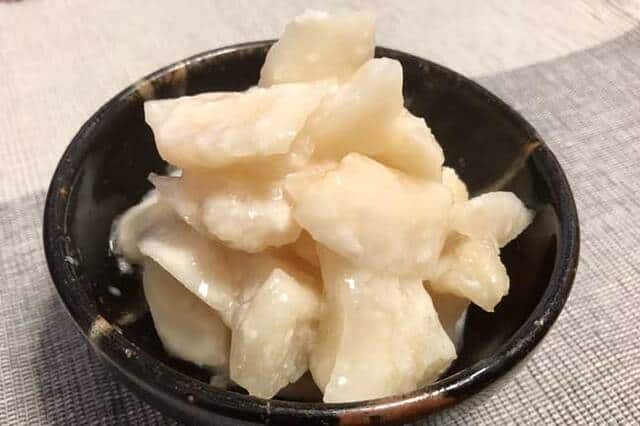
Nata duke may seem like a simple pickle, but it tells a deeper story about life in rural Japan. People in Akita found a way to turn humble ingredients into something tasty and lasting. They didn’t use fancy tools or modern machines—just a hatchet, some rice, and time.
This pickle reflects the heart of Japanese food culture: respecting nature, using what’s available, and sharing traditions through food. If you enjoy nata duke, you might want to try other Japanese pickles too. Dishes like takuan (yellow pickled daikon), nukazuke (fermented pickles in rice bran), or gari (pickled ginger) all offer different flavors and textures.
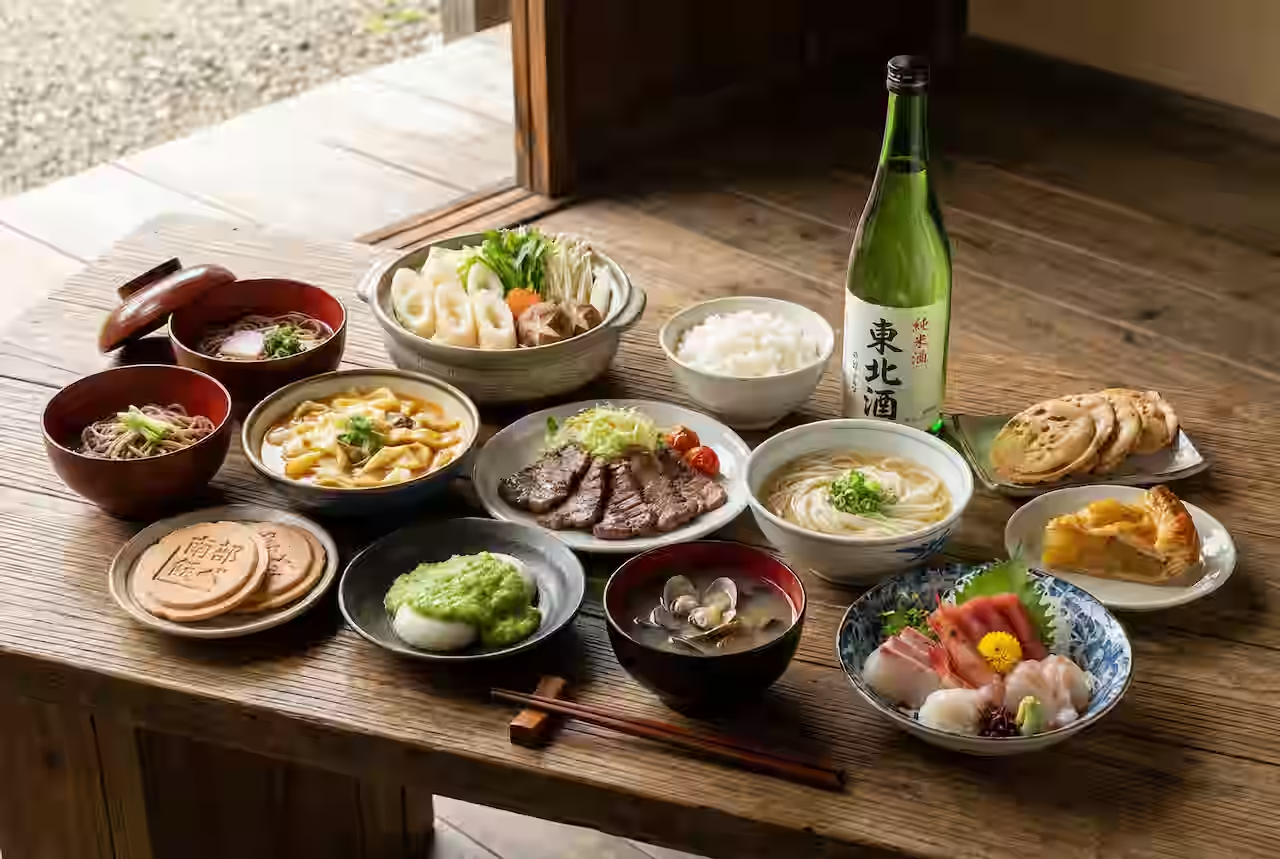

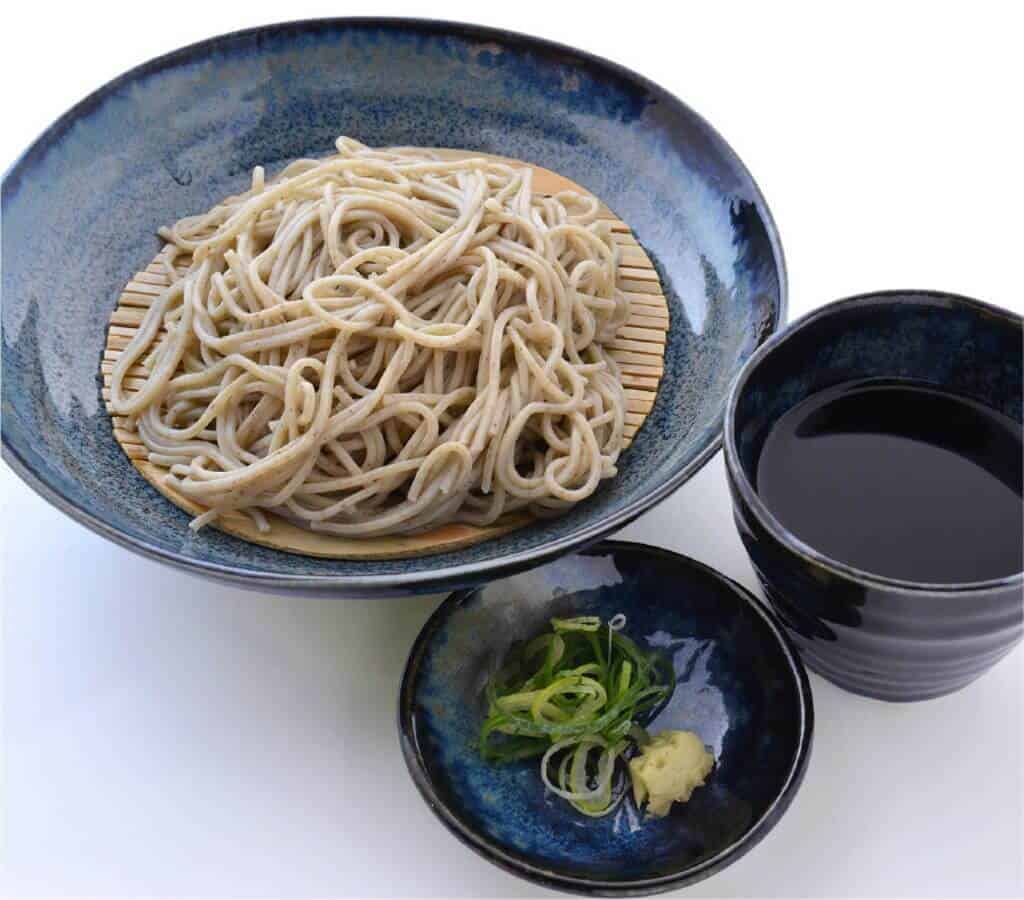
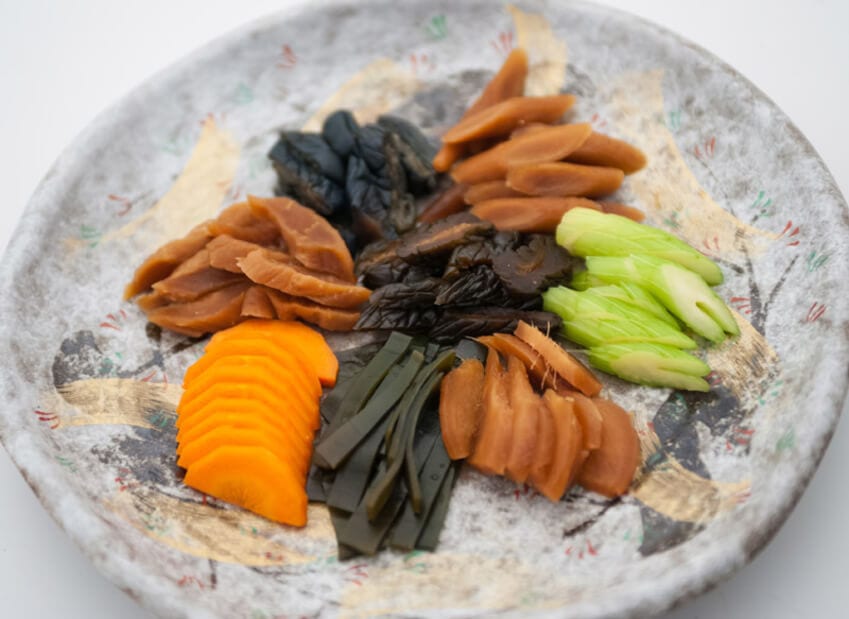
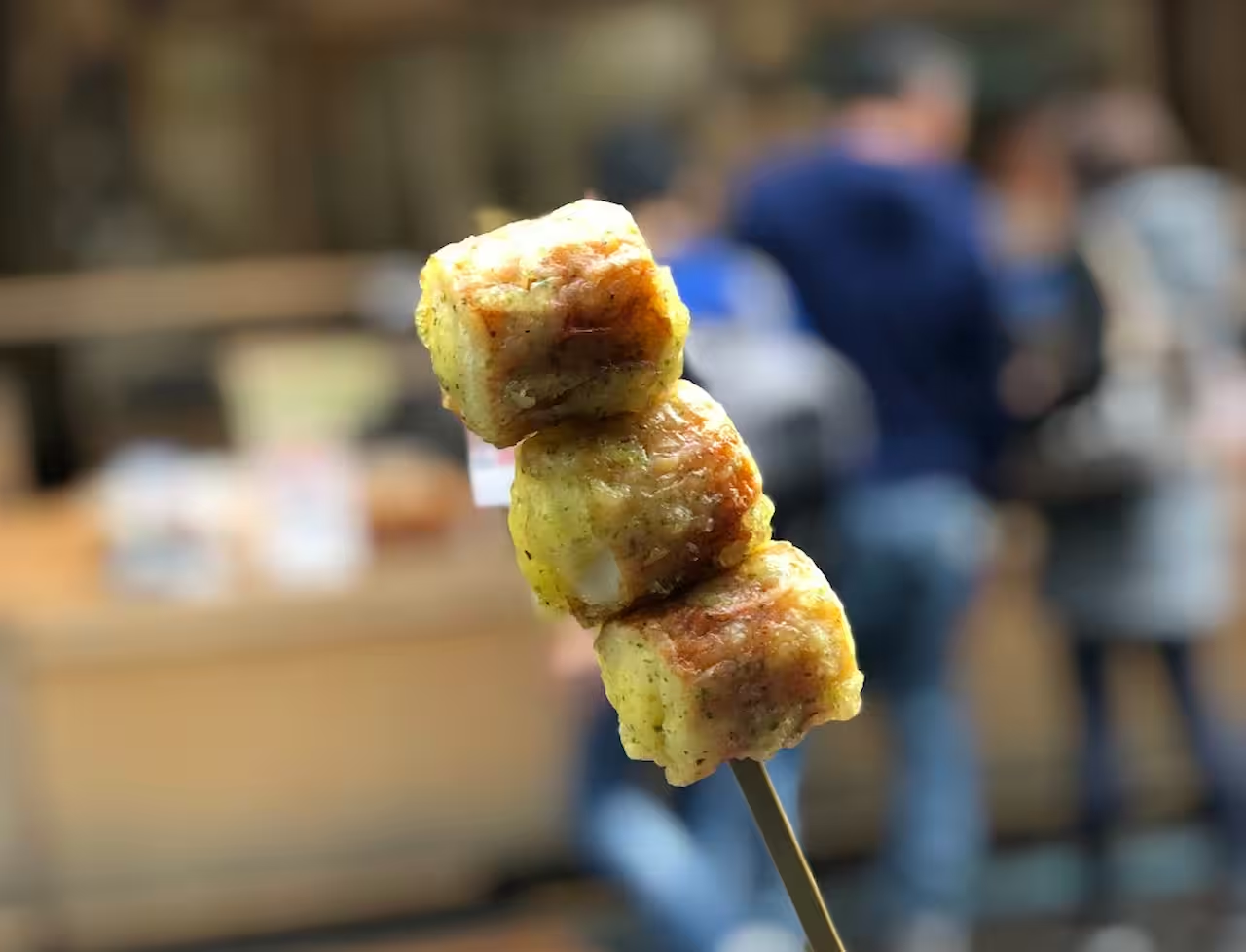

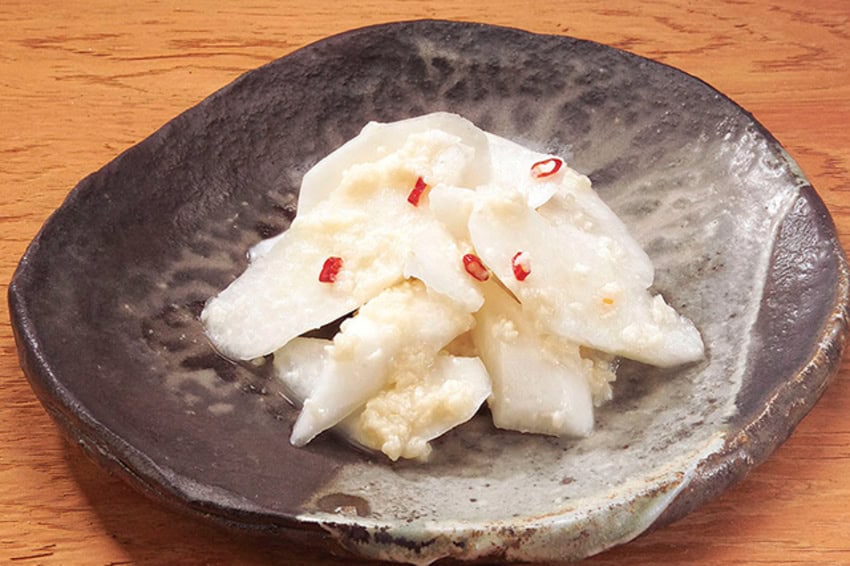
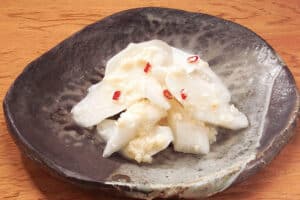
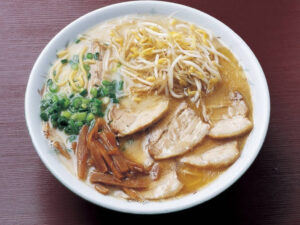
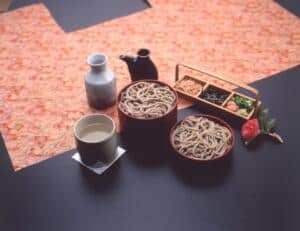
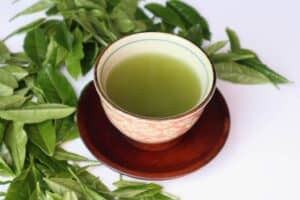
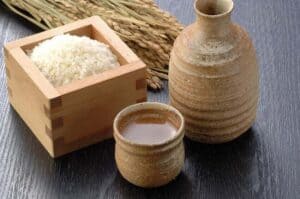


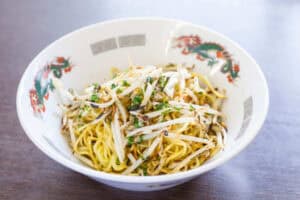
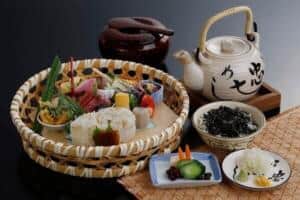
Comments